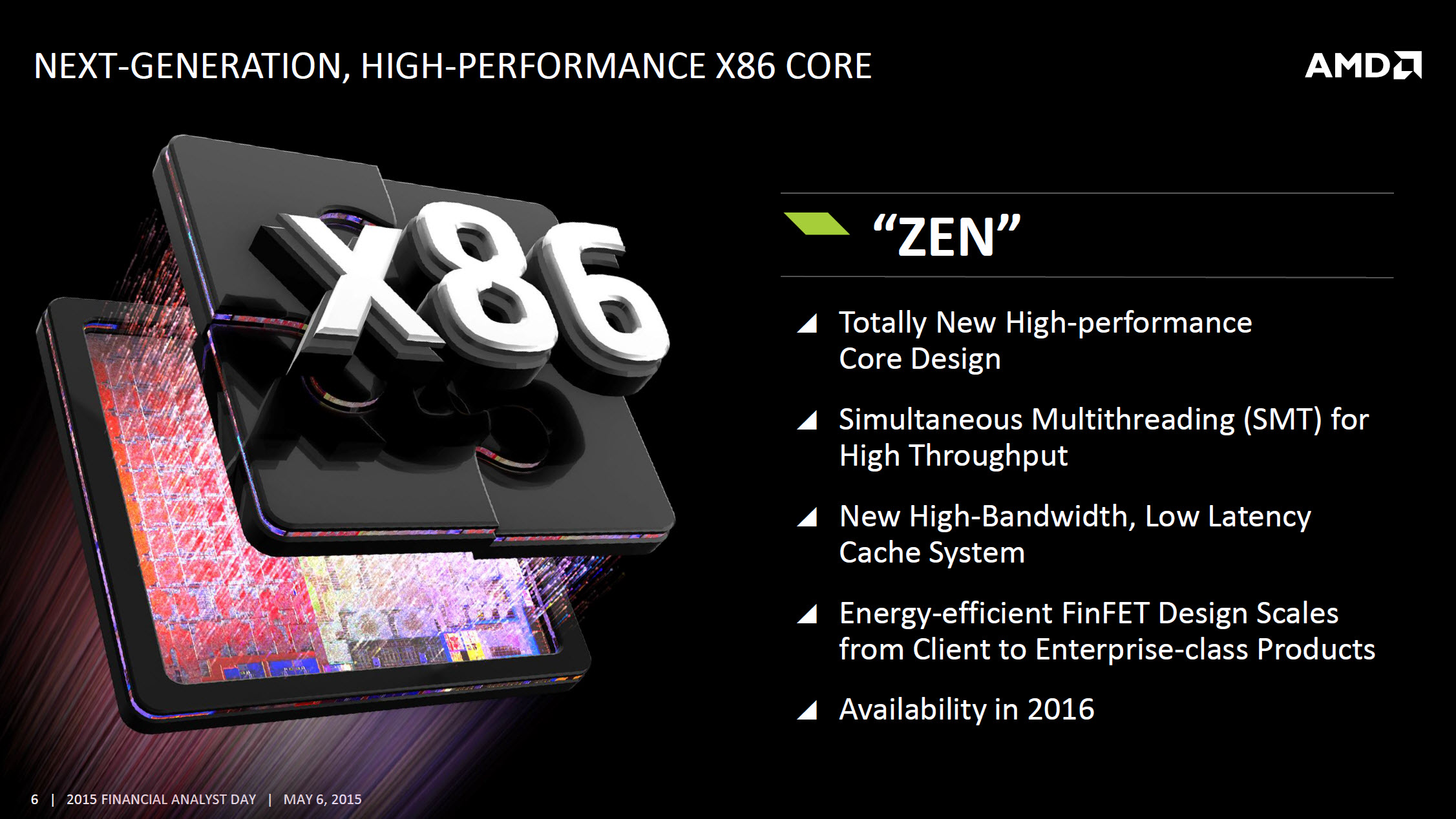-Fran- :
gamerk316 :
Just going to point out that Total War titles and AoS can be considered "best case" outcomes for CPU scaling. RTS tend to scale better because, unlike other types of games, you have significant amounts of AI processing taking place (compared to the relatively simplistic AI in a FPS, by contrast). In any case, both tend to maximize at three CPU cores (Tested TW personally on my 2600k), which is about what I'd expect.
Strangely enough, I gave some thought to this very same topic today. I was playing DOOM yesterday and thought about the number of unit types and how they were spawning throughout the game. Why they weren't constantly there and abundant like in the old DOOM (original), where you were zerged all the time, pretty much.
I started sketching an AI type of engine and initially it would actually scale incredibly well. The thing with AI is how complex you want to make it takes SO MUCH TIME. So, the more "decisions" you want to build into it, the more code lines they are intrinsically. It's not even about a broad approach to how you want to thread it, but how "smart" you want it to be.
To validate my train of thought, I started reading about the new Tesla cards from nVidia (sorry for the side-topic!) and yeah; depending on how you model it, then a single unit could pretty much take into account all of the world/scene aspects and make decisions on top of them. So, from the theoretical POV, AIs are meant to be well threaded by nature, but also scale in complexity per... let's say "intelligence unit".
It's a very interesting train of thought that took half of my day, hahaha.
Cheers!
Not to get too off-topic, but it really comes down to:
A: How many unique AIs you have to process
B: How much work each AI Does
C: How much communication between AI objects
In the DOOM case, you have all the AIs that are active moving toward the player, which makes the AI simple; you can have one thread do it and just process each active enemy, since you'll lose more performance by threading the AI then you'd gain due to it's simplicity. Even for a RTS, you can simplify the decision tree by using simplified decision making for a group of individual units.
In theory, AI processing should scale reasonably well, on the provision they don't need to communicate information to eachother (in which case, they'll scale like crap). But most games use VERY simplified AI decision trees to keep overall processing down, so only RTS and Strategy games really have AIs that do significant amount of work. Let's face it, FPS AI basically dumbs down to "See enemy, move to cover, occasionally peak out and shoot enemy".










